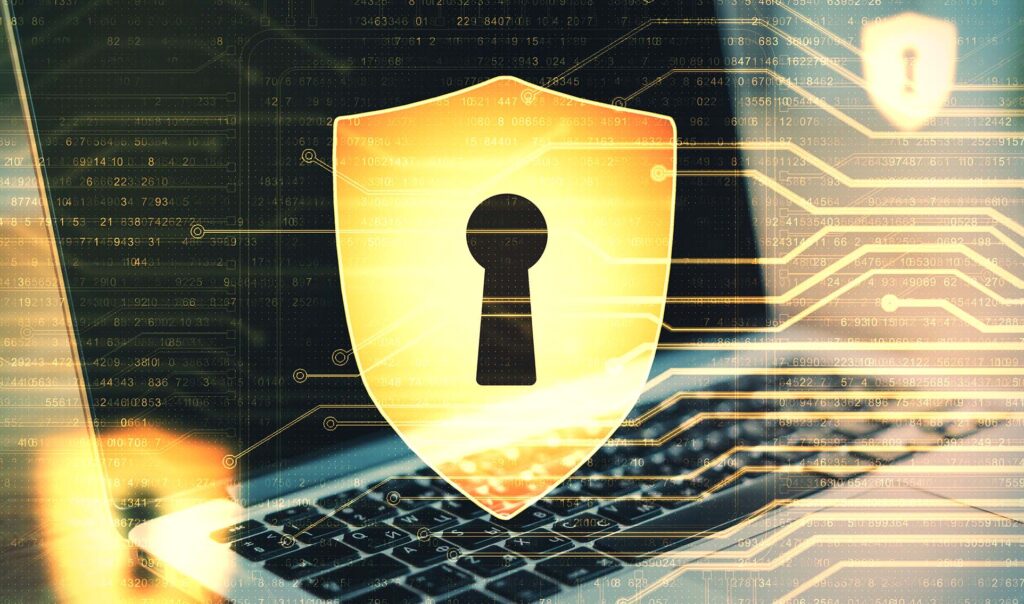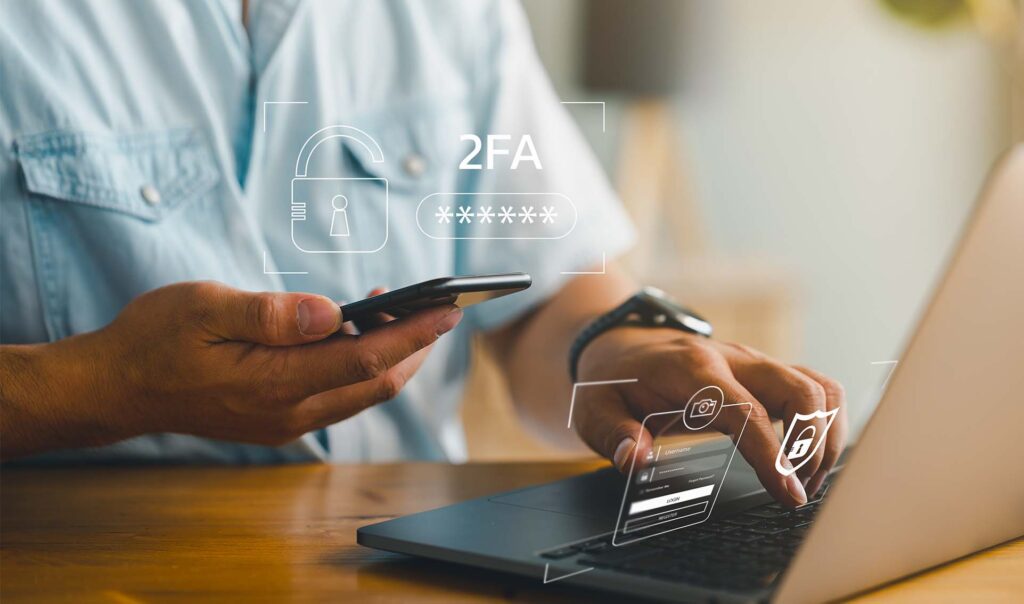5 Components of a Holistic Cybersecurity Approach
Cyber threats and attack vectors are ever-changing, especially due to the current geopolitical climate and distribution of data. Financial institutions remain attractive targets for cyber criminals due to the amount of sensitive data they hold. As a result, institutions should embrace a holistic cybersecurity approach to strengthen their defenses against these evolving threats.
The Importance of a Holistic Cybersecurity Approach for Financial Institutions
Cyber criminals tirelessly work to identify and take advantage of vulnerabilities, which often include inadequate security practices. In fact, the Cybersecurity and Infrastructure Security Agency (CISA) recently issued an alert warning that nefarious actors regularly exploit weak security controls. And CISA’s alert joins other cautionary notices from various organizations—including the Biden Administration—expressing the need for heightened awareness and monitoring.
While the prevalence of cyberattacks has led many consumers to become desensitized to the potential risks, your institution cannot afford to become numb to the looming operational and reputational risk. According to IBM’s 2021 Cost of a Data Breach Report, the average cost of a breach in the financial services industry was nearly $6 million.
As risks evolve, financial institutions must stay abreast of the latest threats and trends in the cybersecurity landscape, including ransomware and supply chain attacks. Here’s the unfortunate truth: There isn’t a single solution that will protect your institution from every attack. But a holistic strategy that includes layers of defenses offers the best protection against cybersecurity threats for your entire IT environment.

To learn more about embracing a holistic cybersecurity approach and strengthening your defenses, download our white paper.
How to Enhance Your Defenses through a Holistic Cybersecurity Approach
The more security layers you have in place, the more difficult it becomes for cyber criminals to successfully infiltrate your systems. The following cyber hygiene tips aren’t exhaustive, but they do illustrate how to make your institution less vulnerable to an attack and mitigate cybersecurity risk by deploying overlapping layers of defenses.
1. Provide Cybersecurity Education
As Benjamin Franklin once said, “An ounce of prevention is worth a pound of cure.” While technology can stop a breach once detected, preventing a breach altogether with effective cybersecurity training will always be a more effective strategy. Your employees are on the frontlines of this fight to prevent attacks, and you should prioritize training for identifying and responding to the latest social engineering tactics.
Educate employees on the evolving threats and ensure they know steps to take if they encounter a suspicious email, message or person. Even with the latest security solutions, a security-minded workforce makes your defenses that much stronger. Consider providing cybersecurity training to your customers or members to further mitigate cybersecurity risk.
2. Update Security Policies
As employees work remotely and institutions adopt cloud-based technology, systems operate and interact with increasing complexity. Because of this, security policies don’t always align with new technology.
Conducting reviews and ensuring internal compliance with necessary security policies will strengthen your cybersecurity posture. For example, an organization may have proper policies in place, but these policies should be reviewed after implementing new technology, such as a migration to a cloud environment. Having current and effective security policies mitigates the risk of attack.
Additionally, ensure your software is up to date and expedite the installation of patches to decrease risk of exploitation. If vulnerabilities are publicly known, hackers will try to take advantage before patches are implemented.
3. Ensure Complete Visibility with Cybersecurity Monitoring
In today’s cybersecurity landscape, your institution cannot afford to have blind spots in your monitoring. You need a holistic view of your environment, or you could miss security incidents that may alert you to meaningful suspicious activity. While technology like anti-virus tools provide a basic level of monitoring, it doesn’t offer the same protections as advanced solutions.
Endpoints often have fewer safeguards than servers or other larger equipment, making them a popular target for cyber criminals. Endpoint detection and response (EDR) monitors specific endpoints for anomalies and blocks the spread of malware.

Another powerful solution is Security and Event Management as a Service (SIEMaaS), which collects and holistically reviews logs from devices throughout your technology environment, such as firewalls, anti-virus solutions and endpoints. Using a SIEM, security teams can detect and remediate security events in real time.
With a holistic view, you can monitor and resolve incidents occurring within your network. Regulators are even beginning to implement requirements associated with visibility to ensure comprehensive monitoring of the entire network.
4. Limit Privileges and Segment Access
In addition to comprehensive monitoring, limit the number of employees with access to sensitive data by ensuring security rights and privileges are appropriately assigned and monitored. Institutions should review existing privilege controls for all users and ensure the level of access is appropriate.
Allowing employees to access only the data and systems necessary to execute their day-to-day tasks will limit the actions cyber criminals can take if they gain access to the system. Segmenting access and restricting scope help mitigate the effects of malware should an attack occur.
5. Require Strong Passwords and Multi-Factor Authentication
Your institution should implement strong password requirements to make it more difficult for cyber criminals to access user accounts. According to a recent report, an 18-character password using lowercase letters would take two million years to crack. Meanwhile, a seven-character complex password could be cracked in nearly 30 seconds using the right technology. This disparity proves the importance of longer passwords or even passphrases to enhance account security.

In addition to hardening passwords, implement multi-factor authentication (MFA) to verify a user’s identity and prevent unauthorized account access. With MFA, a user must provide a third piece of information to access their account in addition to their username and password. MFA provides an extra layer of defense against a multitude of threats—including account compromise and social engineering—by managing and controlling user access rights. Additionally, MFA for privileged account access within an institution’s environment is a regulatory and cyber insurance requirement.
Want to Learn More about Mitigating Cybersecurity Threats?
A holistic approach to cybersecurity strengthens your cybersecurity posture by implementing multiple layers of defense that work together to mitigate the risk of attacks. The more layers of security your institution embraces to prevent, detect and remediate threats, the lower the likelihood a cyberattack will devastate your operations or reputation.
Download our white paper for additional insight into threats in the financial services landscape and strategies to boost your defenses.
Sean Martin is director of Product Strategy, CSI Business Solutions Group for Managed Services. He has worked to establish cybersecurity programs for financial institutions for over 15 years. Previously, Sean has served as Network and Security Operations Manager, Product Manager, and various engineering roles since 2001. In his role, Sean identifies and implements solutions designed to maximize security and profitability for financial institutions. Sean speaks regularly on a variety of financial technology issues, ranging from managed services to IT security best practices.